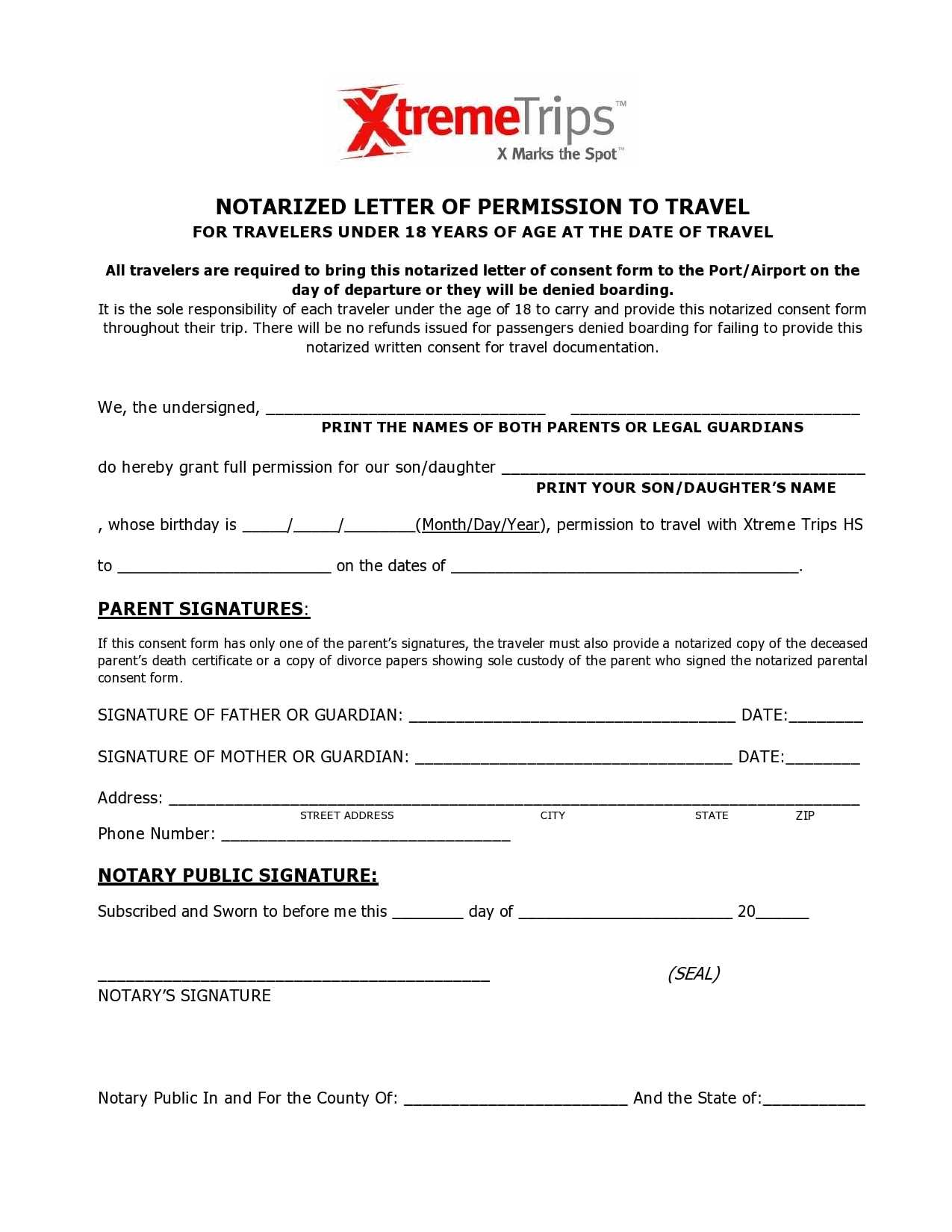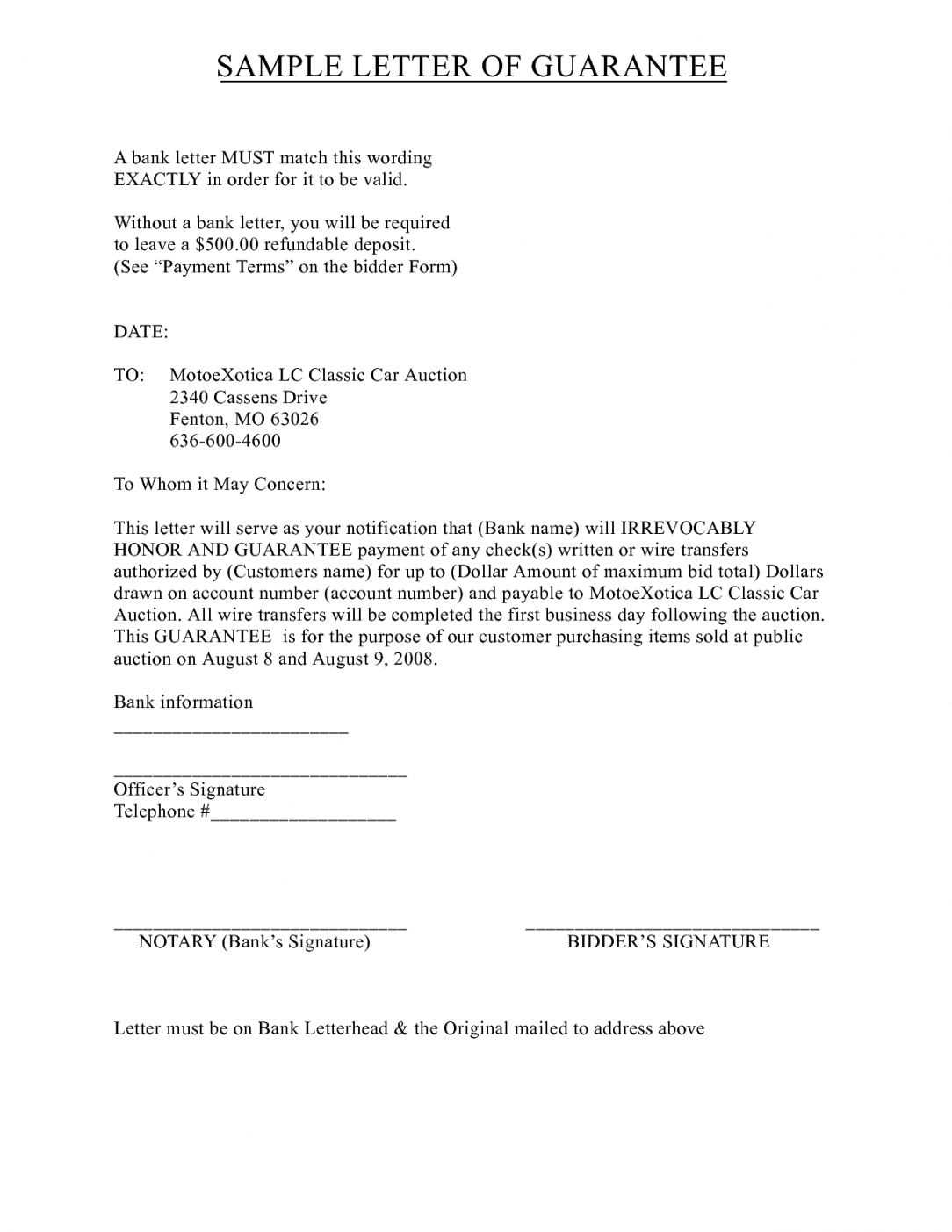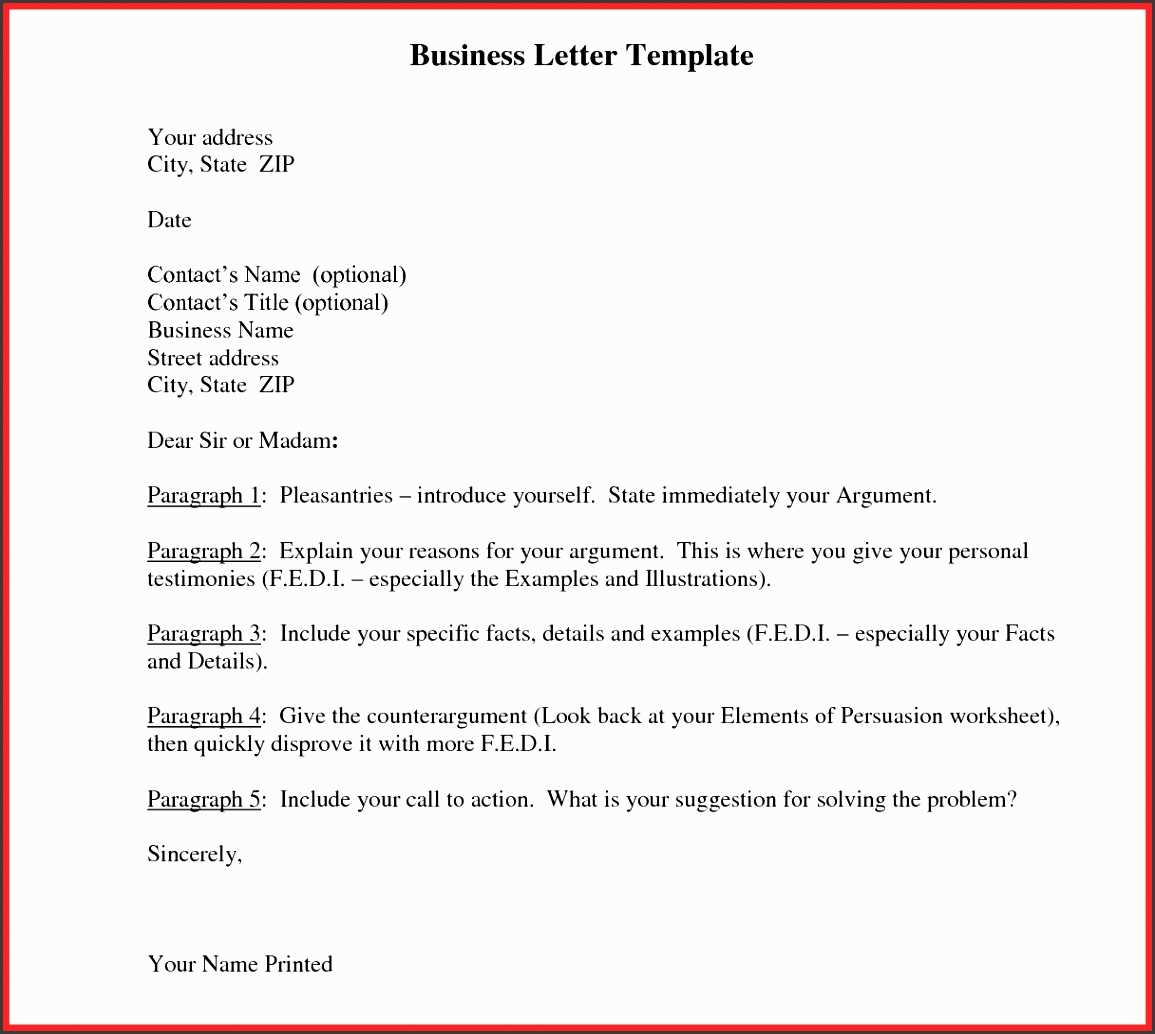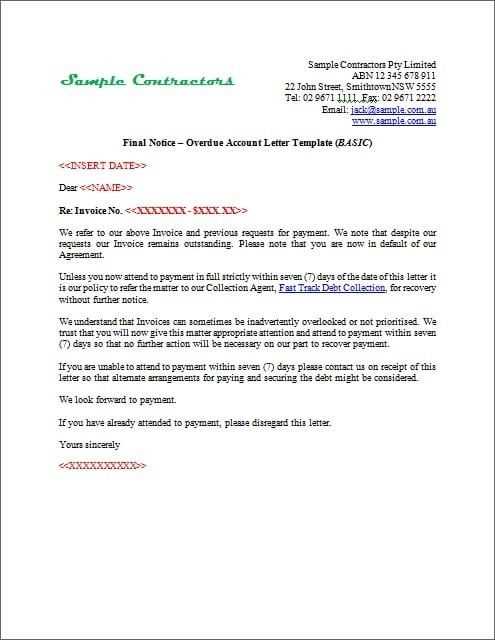Guardian Letter Template for Legal and Personal Use

In certain situations, you may need to write a formal document that authorizes someone to act on your behalf, often in legal or personal matters. This type of document serves to establish trust and clarify responsibilities between two parties. It is essential to understand the key elements to include and how to structure it properly.
Key Aspects to Include in the Document

The essential content of such a document depends on its purpose. It typically includes the names and contact information of both parties, the specific authority being granted, and any restrictions or limitations on the power being given. In addition, the document should clearly state the duration of the authorization and any circumstances that would render it void.
Important Sections to Consider
- Introduction: Identifies the parties involved and sets the context.
- Scope of Authority: Clearly outlines what the recipient is authorized to do.
- Duration: States how long the authorization remains valid.
- Signatures: Both parties should sign and date the document to validate it.
How to Customize the Document for Your Needs
Depending on the circumstances, you may need to tailor the document to fit specific requirements. Consider the nature of the relationship between you and the other party, the level of responsibility being granted, and any potential legal implications. Make sure to consult legal advice if needed to ensure the document’s validity and accuracy.
Practical Tips for Personalization
- Use clear and precise language to avoid misunderstandings.
- Be specific about the actions the recipient is allowed to take.
- Adjust the document to reflect any unique conditions or limitations relevant to your situation.
Legal Considerations
It is important to recognize that legal requirements may vary by jurisdiction. Some regions may require the document to be notarized or witnessed to be considered legally binding. Therefore, it is crucial to ensure that the document meets all applicable legal standards to avoid potential complications.
Overview of Formal Document Format
When creating a formal written document to grant authority or responsibility, it is essential to follow a clear structure. Such a document ensures clarity between the involved parties, outlining their roles, rights, and obligations. Understanding the key components will allow you to create a document that is both effective and legally binding.
Reasons to Use a Formal Document
These documents serve a variety of purposes. They may be used to appoint someone to make decisions on your behalf, grant temporary authority, or specify the terms of an agreement. Whether for legal, financial, or personal matters, this document helps to formalize relationships and clarify expectations between both parties.
Essential Components of a Formal Statement

Each document should clearly identify the parties involved, the specific authority being granted, and any limitations on that authority. It should also detail the duration of the agreement, any specific actions permitted, and include signatures from both parties to confirm the agreement. This ensures mutual understanding and prevents misunderstandings down the line.
Steps to Tailor Your Formal Draft
When customizing this document, it’s important to consider the specific needs of your situation. Include relevant details such as the scope of responsibilities, any restrictions, and ensure the language is clear. The document should reflect the specific intentions and agreements of both parties involved, adjusting the format to best suit the situation at hand.
Common Errors to Avoid in Writing

One common mistake is being too vague about the granted authority, leading to potential confusion. Another error is failing to specify the duration of the agreement, which can cause complications. It’s also important to avoid using overly complex language, as it can make the document unclear or difficult to understand. Ensuring clarity and precision is key to effective communication.
Legal Aspects of Document Usage
Depending on your jurisdiction, certain legal formalities may be required for the document to be recognized. Some regions mandate notarization or require witnesses for validity. Understanding the legal requirements of your area is crucial to ensuring that your document is enforceable and does not face challenges later.
Where to Access Reliable Samples
Reliable sources for templates can be found online, often from legal advisory websites or government portals. These resources can help guide you in structuring your document correctly. However, always ensure that the template you choose is reputable and tailored to your specific legal or personal needs to ensure compliance with the law.